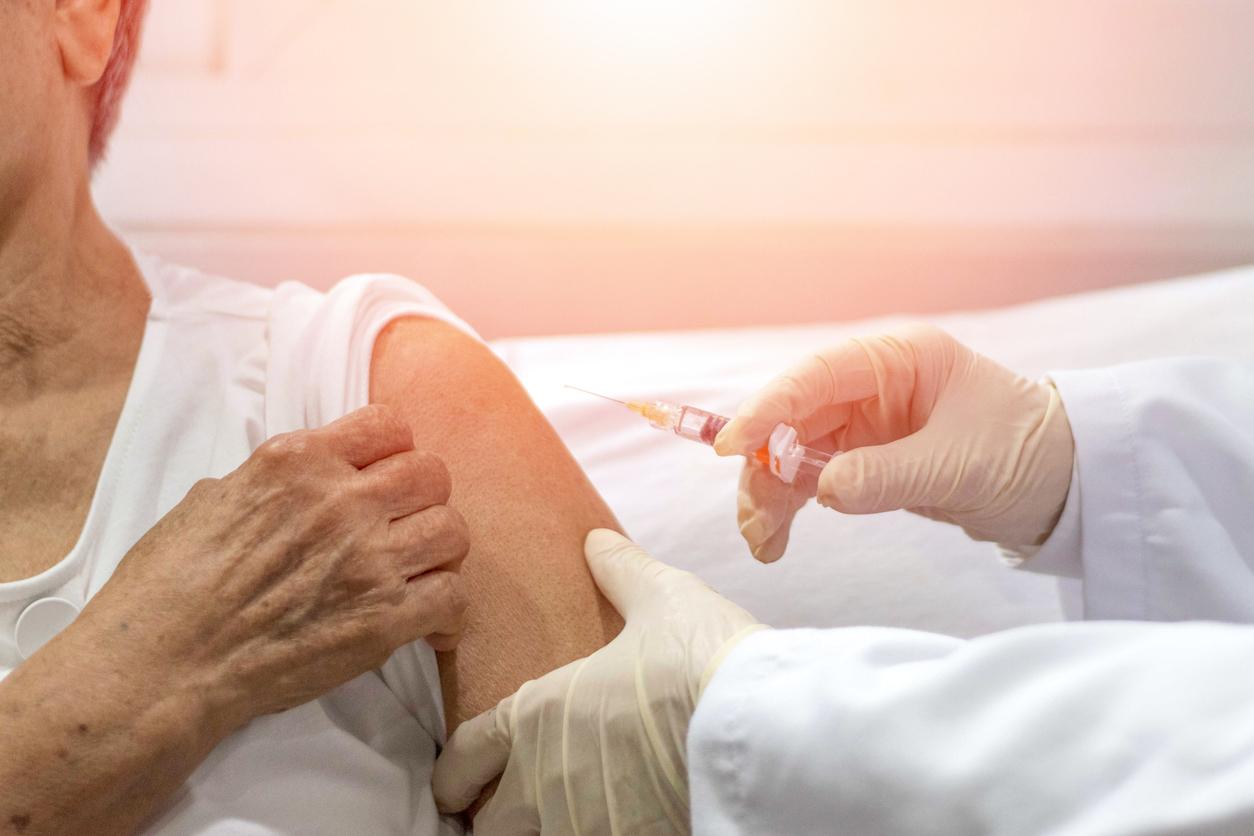The Court of Justice of the European Union considered that a body of serious, precise and concordant evidence could suffice to recognize the liability of the manufacturer.

It will be easier for victims of the side effects of a vaccine to obtain redress. The Court of Justice of the European Union (CJEU) has just ruled on the case of MJW, who was administered, between the end of 1998 and the middle of 1999, a vaccine against hepatitis B produced by Sanofi Pasteur, she explains in a press release.
In August 1999, Mr. W began to present with “various disorders which in November 2000 led to the diagnosis of multiple sclerosis”. MW died in 2011. As early as 2006, he and his family brought legal action against Sanofi to obtain compensation for damage they attributed to the vaccine.
No scientific consensus
Hearing the case, the Paris Court of Appeal considered that there was no scientific consensus concerning a causal link between vaccination against hepatitis B and the development of multiple sclerosis. It therefore dismissed the appeal.
The case was brought before the French Court of Cassation, which itself turned to the CJEU to find out whether the judges had the right to rely on a body of “serious, precise and concordant evidence” to establish the lack of a vaccine and the causal link with the disease, despite the lack of scientific consensus.
Temporal proximity, antecedents …
The Court of Justice of the European Union therefore ruled on these sensitive cases and considered that when several tangible clues were gathered, the responsibility of the vaccine could be recognized, even without scientific consensus. These indices are “the temporal proximity between the administration of a vaccine and the onset of a disease, the absence of personal and family medical history of the person vaccinated as well as the existence of a significant number of recorded cases. of occurrence of this disease following such administrations ”.
In this case, the Court referred to WM’s previous excellent state of health, his lack of a family history and the temporal link between the vaccination and the onset of the disease.
“Excluding any mode of proof other than certain proof resulting from medical research would have the effect of making it excessively difficult or even, when medical research does not make it possible to establish or invalidate the existence of a causal link, impossible to questioning of the responsibility of the producer ”, considered the Court.
No “mode of proof by presumption”
The CJEU specifies, however, that national courts must ensure that the indications produced are indeed “sufficiently serious, precise and consistent” to allow the conclusion that the existence of a product defect appears to be the most plausible explanation for the problem. the occurrence of the damage.
Furthermore, neither the national legislator nor the national courts can institute “a method of proof by presumption” which would automatically establish the existence of a causal link as soon as certain concrete evidence is present. “Such a method of proof would have the consequence of undermining the rule relating to the burden of proof provided for by the directive”.
.















